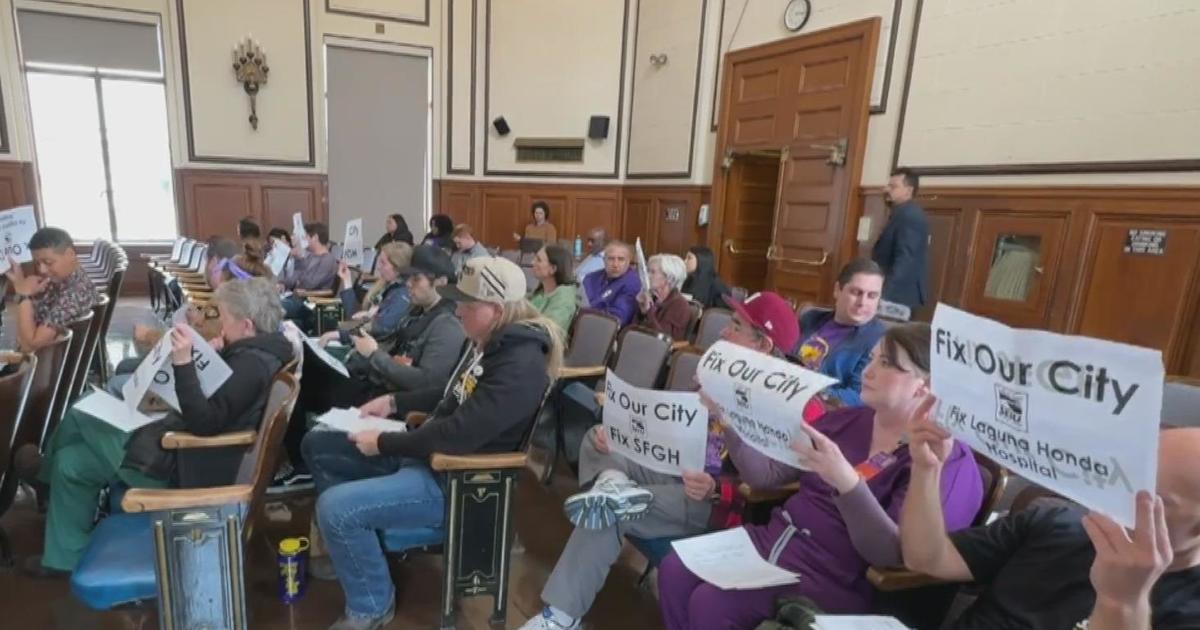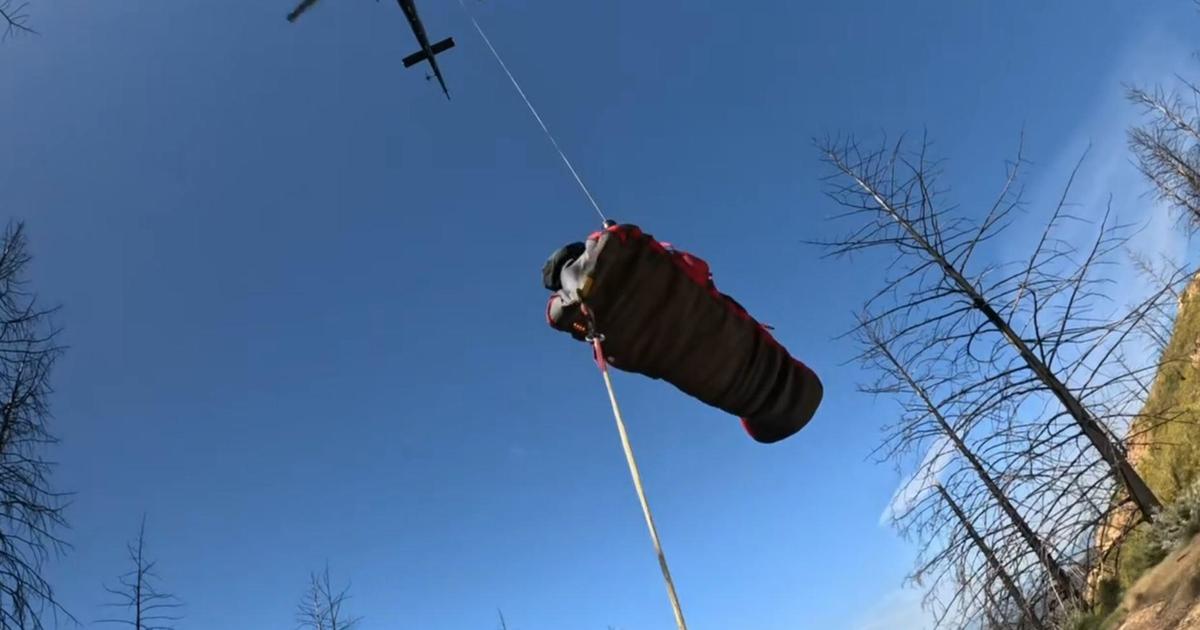Landowners Sue SMART Over Land Obtained For Biking, Hiking Paths
SANTA ROSA (BCN) -- In a federal lawsuit filed last week in San Francisco, dozens of landowners from Sonoma and Marin counties accused Sonoma-Marin Area Rail Transit of a land grab.
At issue is the "multi-use pathway" that SMART is building on a 43-mile stretch between Airport Boulevard in Sonoma County and San Rafael in Marin County. According to a progress report on its website, SMART has completed 24 miles of pathway and another 8.8 miles are "fully funded and planned for construction."
SMART was created in 2002 to develop and operate a commuter rail line parallel to U.S. Highway 101 in Sonoma and Marin counties. Train service began in 2017 and SMART controls the railroad right-of-way that runs through private lands adjacent to the railroad tracks.
The plaintiffs in the suit filed March 15 allege that SMART's rights under the right-of-way are derivative of the rights obtained by predecessor railroads through condemnations going back into the late 1800s. According to the complaint, those railroads only obtained authority to use the land in the right-of-way for "railroad purposes."
The pathway is being used for hiking and biking, not rail purposes, the plaintiffs contend, and therefore amounts to an unauthorized "taking" of their property for which they are entitled to compensation.
According to the complaint, "SMART has improperly and illegally invaded, taken, and burdened Plaintiffs' fee ownership in their land."
The plaintiffs are represented by Sacramento attorney Stuart Talley, and a Kansas City, Missouri law firm, Stewart, Wald & McCulley LLC, that has developed a specialty legal practice of bringing such claims against trail projects on railroad rights-of-way throughout the country.
According to its website, the law firm is handling roughly 50 "Rails-to-Trails" cases. It touts its expertise in the area stating, "there are very few law firms who have the 'niche' of successfully representing property owners in Trails Act cases and no lawyers have been as successful."
Rails-to-trails refers generally to building trails for public use on the beds of train tracks no longer being used for rail service or on adjoining property included in a railroad's right of way.
A section of a federal statute, the National Trails System Act, creates a "railbanking" process that allows un-utilized rail lines that would otherwise be abandoned to be preserved and used for trails until such time in the future as the railroad seeks to use the lines again for service.
Andrea Ferster is general counsel of the Rails-to-Trails Conservancy, a non-profit organization that defines its mission as building "a nation connected by trails." Ferster says that the federal railbanking process is based on the supremacy of federal law over state law so that when an agency proceeds with railbanking under the Trails Act, otherwise applicable state law is "pre-empted" by the federal process.
SMART has not, to date, pursued railbanking.
In the view of attorney Thomas Stewart from the SWM firm representing the plaintiffs, SMART has not been smart in its approach.
According to Stewart, SMART should have pursued converting its easement to one for hiking and biking under the railbanking provisions of the Trails Act. Following that process would mean that the United States -- not SMART -- would be responsible for compensation due to landowners through a process at the U.S. Court of Claims.
Stewart predicts that SMART will ultimately decide to follow that process.
Thomas Lyons, general counsel for SMART, agrees that SMART could possibly pursue such a approach under federal law but he does not think that it is necessary.
Lyons says the multi-use pathway is a "railway purpose" and is therefore permitted in the right-of-way under California law.
Lyons points to the California statute that created SMART and notes that it contemplated that SMART would have passenger service "along with ancillary pathways connecting our stations."
Those pathways are important, among other things, to allow access to SMART stations for disabled riders, he says.
More generally, Lyons notes that the multi-use pathway is a part of SMART's overall rail strategy of creating a green alternative to car commuting. SMART's website says that its "investment in bicycle and pedestrian facilities connects people to other pathways and to train stations, providing opportunities for multi-modal commuting and recreation."
To that end, each two-car SMART train has space for up to 24 bikes and SMART stations have bike storage.
SMART envisions the pathway as a way that commuters can access the train without driving to a station, and then, with their bikes on the train, they can pedal from their stop to work or home.
Under this view, "railroad purposes" includes making pathways for bikers to reach trains, just as in times past, railroads made space for train riders arriving by horseback, carriage, automobile or bus.
Lyons acknowledges that every easement granted is different and the agency is "in the process of evaluating the claims and determining what our interests were granted back in the 1800s."
According to Stewart, what SMART is really trying to do is change the easement into one for biking and hiking. He says that if the federal law approach is not used, SMART will have an uphill battle because "under almost all state laws, when you change the scope of an easement to a different purpose or use, it extinguishes the original easement ... California is no different."
Stewart says SMART is "trying to have their cake and eat it too. They're trying to change the use and change the scope without utilizing the regulatory process correctly."
Stewart says he doesn't know why SMART hasn't pursued the federal approach.
He predicts that "if they don't do that, then they're going to get hit with one hell of a big price tag. And I think that would be a monumental error."
© Copyright 2021 CBS Broadcasting Inc. and Bay City News Service. All Rights Reserved. This material may not be published, broadcast, rewritten or redistributed.



